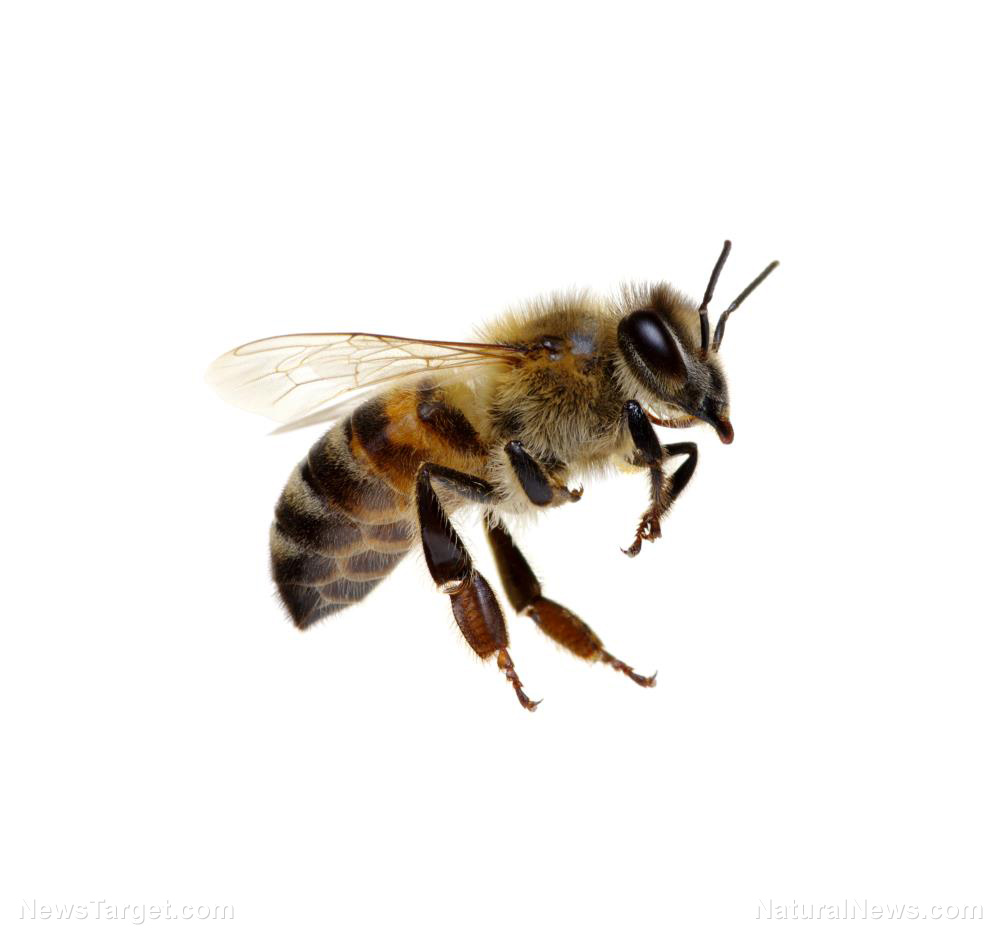Sex CAN move mountains; salmon mating habits alter stream beds, defining the shape of the watershed
10/22/2017 / By Jhoanna Robinson

It turns out that sex – not love – has the power to literally move mountains.
Washington State University’s School of the Environment associate professor and researcher Alex Fremier has discovered that the mating habits of the fish species salmon can bring changes to the profiles of stream beds, thus altering the entire composition of a particular watershed.
The study is one of the first to show in a quantitative manner that the activities of salmon can have an effect on the geographical appearance of the land.
In the study that was titled “Sex that moves mountains: The influence of spawning fish on river profiles over geologic timescales” that was published in the journal Geomorphology, Fremier says female salmon “fluff” soil and gravel on a river bottom as they create their nests, or redds. Flooding then does away with the stream gravel, resulting in the underlying rock being open to erosion.
“The salmon aren’t just moving sediment. They’re changing the character of the stream bed, so when there are floods, the soil and gravel is more mobile,” Fremier says.
In collaboration with colleagues at the University of Idaho and Indiana University, Fremier was able to analyze the physical profile of streams that have salmon in them. He noticed that over a period of five million years, those streams gradually started having lower slopes and elevation.
“Any lowering of the streambed translates upstream to lower the entire landscape,” Fremier says.
In an article that was published in the journal Nature Geoscience in 2012, researchers gave a clear picture of how the banks of shallow rivers and streams in a certain landscape were easily eroded before the area was populated by trees more than 300 million years ago.
Fortunately, tree roots stabilized river banks, giving rise to narrow, fixed channels and vegetated islands. The new setting thereby brought forward “an increasingly diverse array of organisms”.
In the same manner, salmon can be giving rise to new stream habitats that facilitate the growth and development of new salmon species. This is why streams where the number of salmon have been constantly dropping may find themselves the subject of significant long-term changes in their profile and ecology.
“The evolution of a watershed can be influenced by the evolution of a species,” Fremier says.
Different salmon species bring about different effects. Chinook salmon can move bigger pieces of material, while coho salmon gravitate towards moving finer material. This diversity in movement can lead to different erosion rates and changes to the landscape, Fremier says.
State of Alaska wants to scrap petition to ban projects on salmon habitats
The State of Alaska filed an appeal to the Alaska Supreme Court on Friday, October 20 over the proposed ballot initiative 17FSH2, which was filed by the non-profit organization (NGO) Stand for Salmon in May 2017.
Stand for Salmon said the proposed ballot initiative seeks to strengthen how salmon habitats are protected, noting, “The initiative proposes simple updates to Alaska’s 61-year-old fish habitat permitting law by establishing clear guidelines that would bring certainty and stability to the permitting process, protecting wild salmon habitat and promoting responsible resource development in a growing and changing Alaska.”
However, Alaska Lieutenant Governor Byron Mallott, as recommended by the Department of Law, refused to certify the ballot in September, saying that it is unconstitutional because “the measure precludes the use of even a single waterway for a major development project. Because waters and fish are state assets, only the legislature has authority to choose between conservation and development.”
Stand for Salmon sued the state after Mallot refused to certify the proposed ballot initiative. Anchorage Superior Court Judge Mark Rinder earlier this month sided with the NGO, saying that 17FSH2 was constitutional and ordering Mallott’s office to print petition booklets for circulation throughout the state “and make them available to initiative sponsors no later than Oct. 17, 2017.”
The state Department of Law was quick to say that petition booklets were printed and given to initiative sponsors. (Related: Wild Salmon to be Extinct in 10 Years.)
According to Alaska Attorney General Jahna Lindemuth, in answer to the superior court’s decision, “The question of whether a proposed ballot initiative makes an appropriation is an important constitutional question that should be answered by the Alaska Supreme Court.
We take no position on whether 17FSH2 is good policy. This is about the superior court’s legal conclusion and our duty to defend the Alaska Constitution, and we believe the superior court got it wrong.”
The Department of Law responded that the State “will request expedited consideration by the Alaska Supreme Court in order to provide clarity before ballots have to be printed for next year’s elections.”
Read more stories about ecological science at Ecology.news.
Sources include:
Tagged Under: discoveries, geology, landscape, reproduction, research, rivers and streams, salmon, salmon habitats, stream bed




















